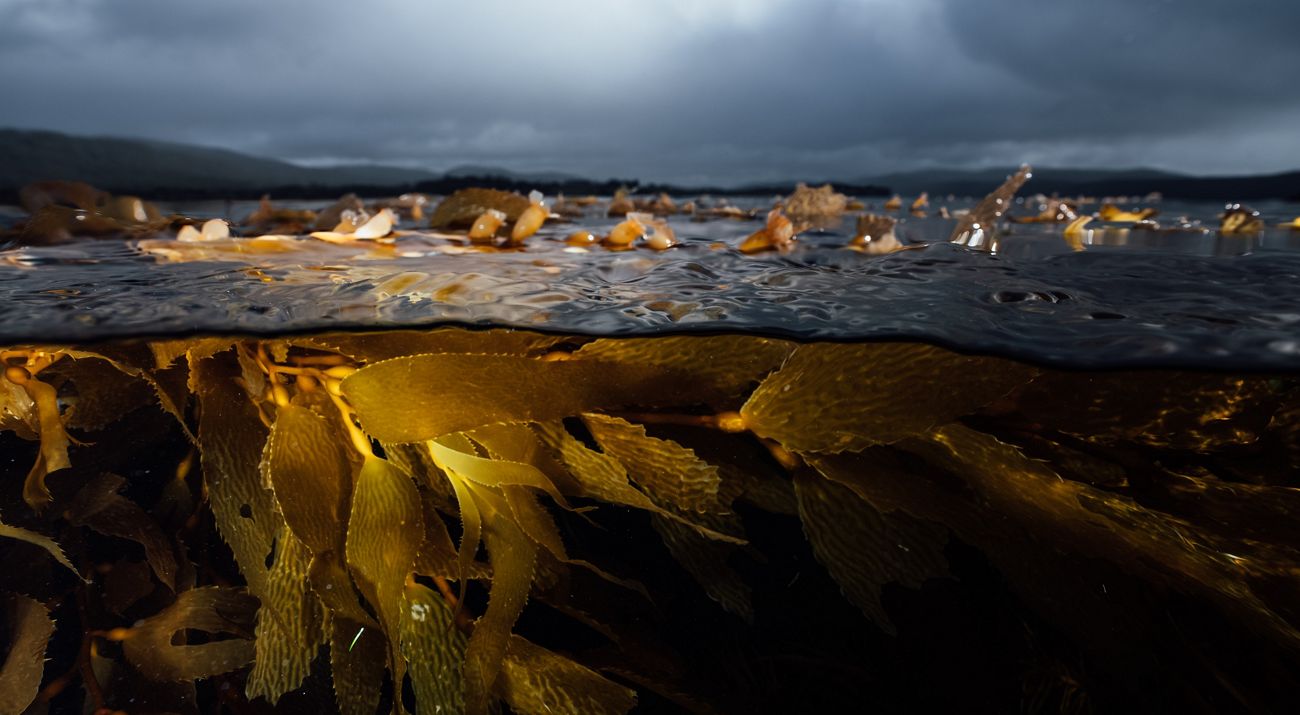From little things big things grow
First milestone in unique giant kelp restoration project in Tasmania
Media Contacts
-
Vanessa Billy
Communications Manager
The Nature Conservancy Australia
Mobile: 0478638180
Email: vanessa.billy@tnc.org
The Nature Conservancy Australia (TNC) is excited to announce that the Tasmanian Giant Kelp restoration project has reached an important milestone today, with the outplanting of juvenile giant kelp at 12 sites along the east coast of Tasmania.
“This is a really exciting day for all partners in the project,” Paul Tompkins, TNC’s Kelp Restoration Coordinator in Tasmania, said. “Today we are piloting the outplanting of giant kelp at several different sites, and the results will be used to focus our future giant kelp restoration efforts.”
The Tasmanian Giant Kelp Restoration Project is a partnership between The Nature Conservancy, The Institute for Marine and Antarctic Studies at the University of Tasmania (IMAS-UTAS), NRM South, and CSIRO, who together, have teamed up and brought the knowledge, experience, and capacity of a wide range of partners and stakeholders, in order to expand the current giant kelp restoration efforts in Tasmania into ecologically relevant scales.
“This outplanting work is a major milestone of our project and an important day for the partnership,” Mr. Tompkins said. “Over the past few months, we carefully chose sites along the east coast of Tasmania based on their suitability for kelp restoration, and grew juvenile giant kelps in a facility at IMAS. We are now outplanting the juvenile kelp at selected sites, which will tell us about the suitability of these sites for larger-scale restoration work, which is what is needed to make a real impact on the recovery of giant kelp forests in Tasmania,” he said.
During the outplanting phase, juvenile kelps which have been grown on twine in the culturing facility will be attached to the seafloor by divers, using methods that IMAS researchers have successfully developed. “We’ve spent the last few years developing and refining a rapid, robust method of seeding giant kelp to the reef and its super exciting to be taking this method on the road across eastern Tasmania, this new project will provide critical insights into the plight of giant kelp forests and where restoration attempts will be most successful,” Scott Ling, Associate Professor at IMAS said.
Juvenile giant kelp ready for outplanting
TNC is also supporting partner CSIRO, Australia’s national science agency, to create and maintain a genetic biobank of giant kelp tissue and reproductive material, to be used for conservation as part of this biodiversity restoration project.
"We’re using population genetics to select robust giant kelp parents for restoration projects and developing a giant kelp biobank to future-proof the giant kelp forests," Dr Anusuya Willis, project partner and research scientist at CSIRO’s Australian National Algae Culture Collection, said.
“Giant kelp forests are loved by Tasmanians for the range of services they offer, from recreation and wellbeing to fresh seafood. The project partners are collaborating to restore an important function to Tasmanian coastal environments,” project partner Jennifer Hemer, Program Manager of Water and Marine at NRM South said.
As it grows, giant kelp creates complex and productive underwater forests, which are biologically diverse and productive coastal marine ecosystems. These forests provide a wide range of ecosystem services, from habitat for commercially valuable species like lobsters, scalefish and abalone, to support for local diving tourism and recreational fishing.
“However, in recent decades, most of Tasmania’s giant kelp forests have disappeared, mostly due to a combination of knock-downs by increasingly frequent heatwaves, warming coastal waters, an explosion in overgrazing by sea urchins, and now competition with warmer-water-tolerant seaweeds that are dominating reefs where giant kelp forests used to thrive.” Scott Ling said.
“The Giant Kelp Restoration Project is expected to benefit all Tasmanians, as well as visitors, by contributing to the recovery of one of the state’s most productive marine ecosystems that provides habitat for important reef species to thrive,” Paul Tompkins said.
The Tasmanian Giant Kelp Restoration Project is made possible by funding from Google.org, Perpetual Foundation – The Isabel Sims Endowment, Elizabeth Gabler Charitable Trust, James Kirby Foundation and the J and M Wright Foundation.
As the project progresses, restored kelp forests will be monitored, and the lessons learned from the Tasmania project will inform future restoration efforts along the coasts of Victoria and South Australia, where there has also been loss of giant kelp populations.
The Nature Conservancy is a global conservation organisation dedicated to conserving the lands and waters on which all life depends. Guided by science, we focus on getting things done efficiently and with the greatest positive impact for conservation. We’re a trusted organisation working in more than 70 countries and territories around the world on innovative solutions to our world’s toughest challenges so that nature and people can thrive together. To learn more about The Nature Conservancy in Australia, follow us on Facebook.

